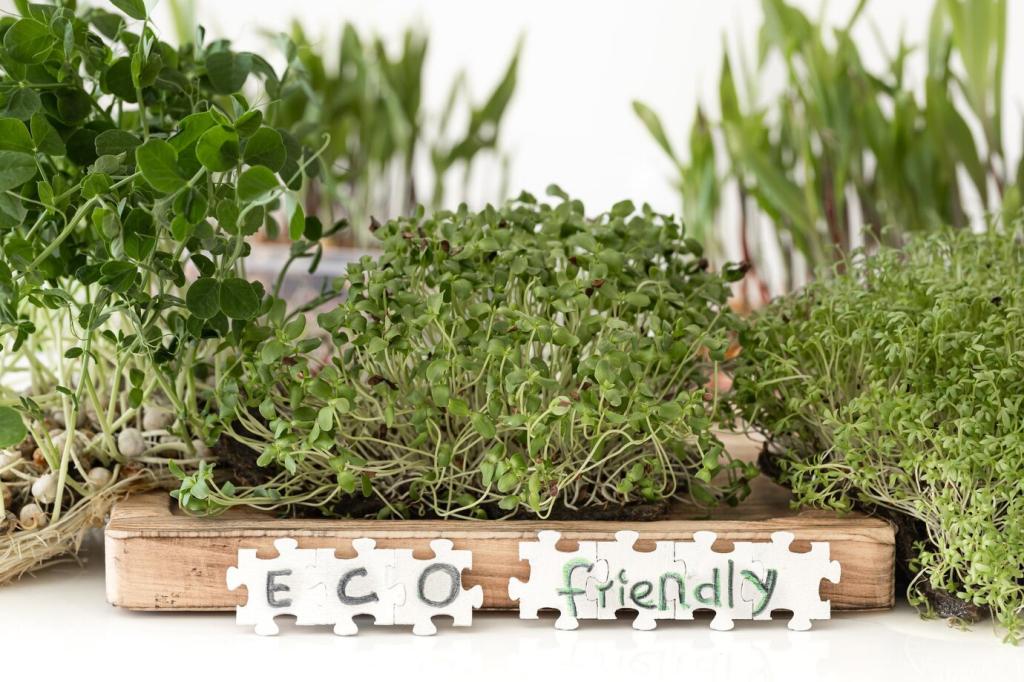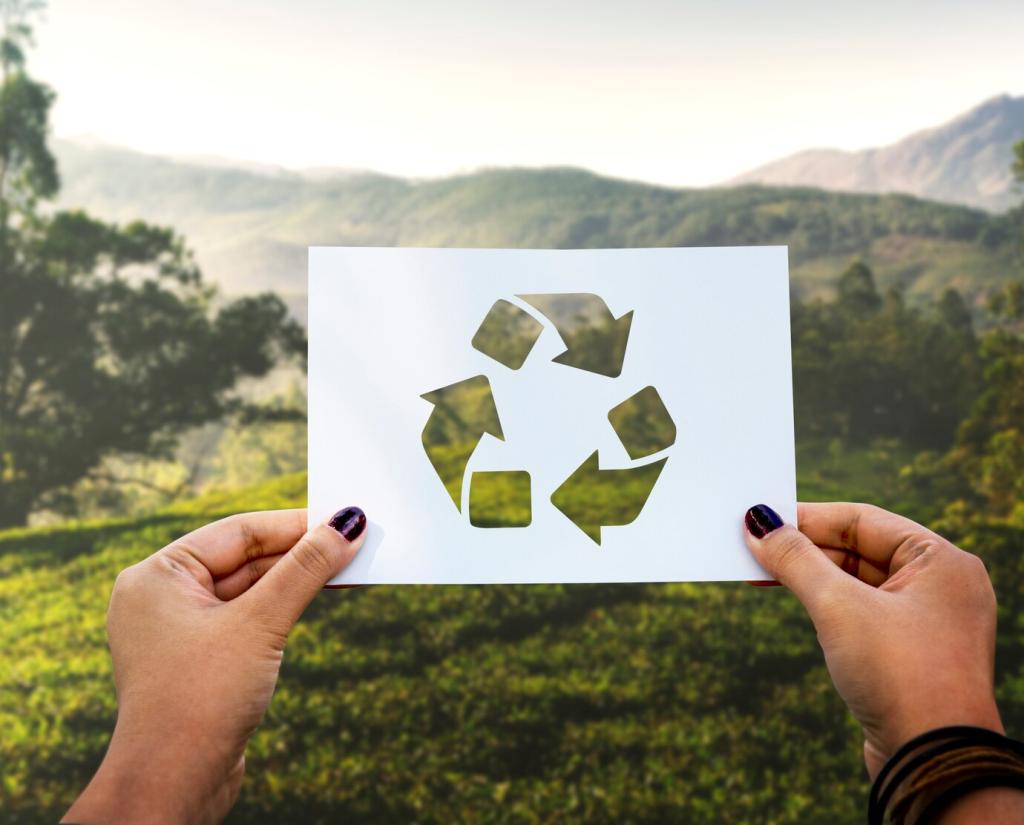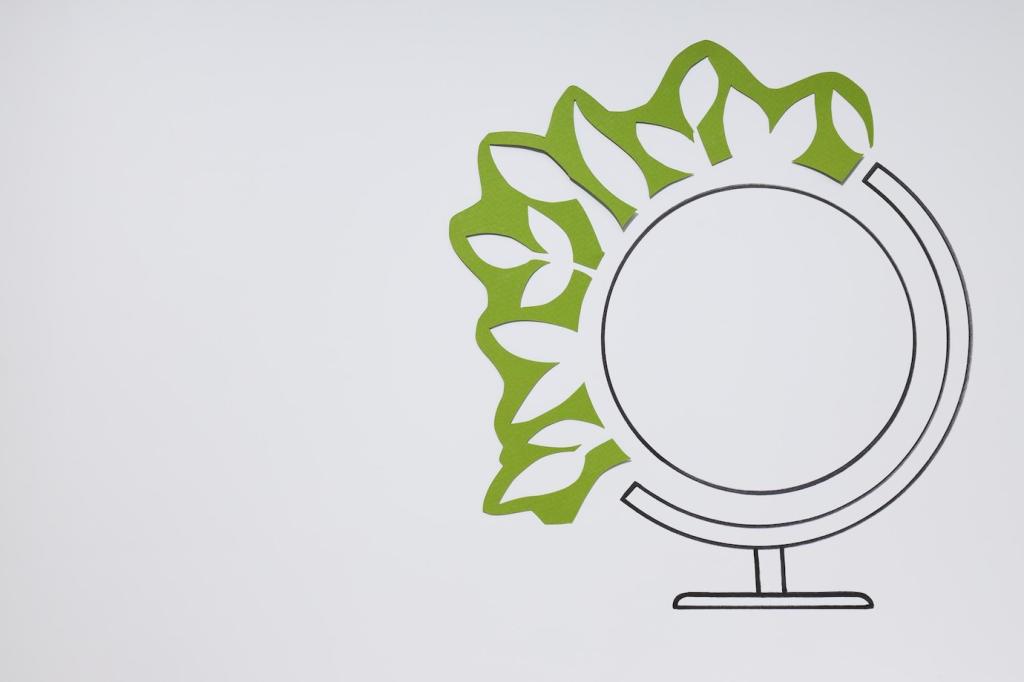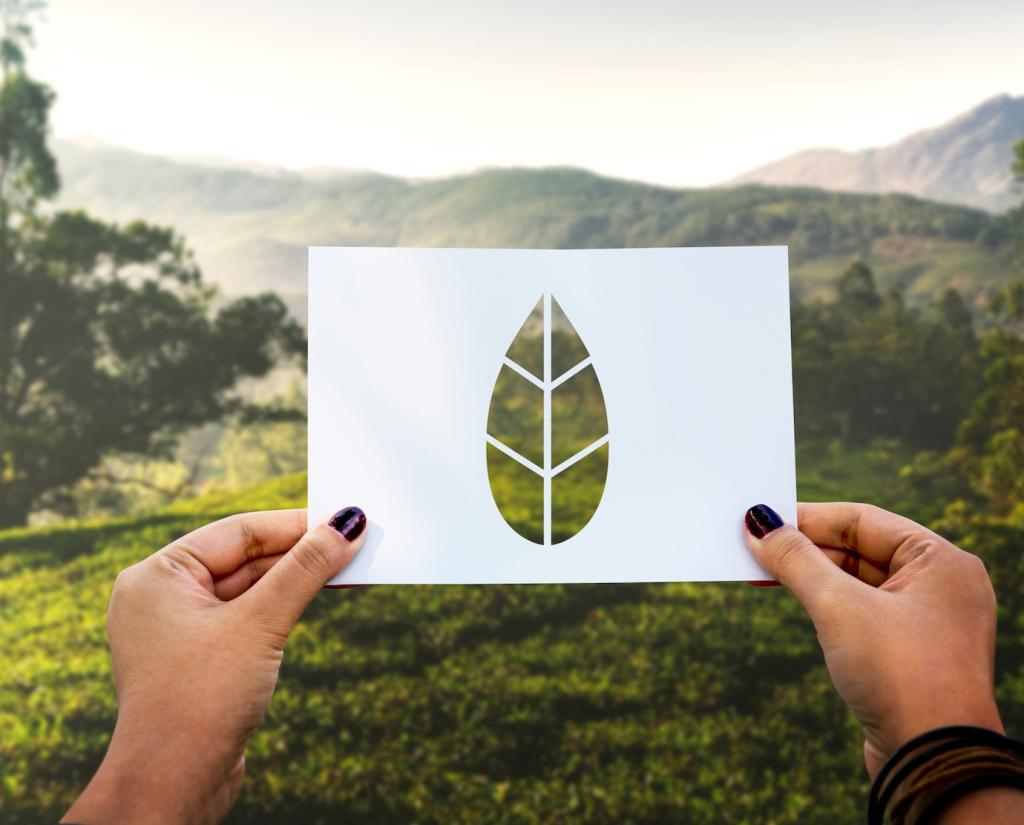Chosen theme: Earth-Friendly Insect Repellents: Biodegradable Options. Discover smart, sustainable ways to keep bugs at bay while protecting waterways, soil life, and pollinators. Explore practical tips, real-world stories, and join our community conversation—subscribe and share your experience to help others choose greener protection.

Why Biodegradable Repellents Matter
Traditional repellents can linger in waterways and harm aquatic organisms long after your camping trip ends. Biodegradable options break down more quickly into simpler substances, reducing ecological stress while maintaining effectiveness during use. Share your local observations on waterways and join our newsletter to support citizen science.
Why Biodegradable Repellents Matter
When you pick a repellent, consider its entire lifecycle—ingredients, packaging, and disposal. Products designed for biodegradation often pair with recyclable or refillable containers, shrinking overall impact. Comment with your favorite low-waste kit essentials and help others pack greener for their next adventure.
Ingredients That Work Without Hurting the World
Oil of lemon eucalyptus, specifically its refined compound PMD, is recognized for strong mosquito repellency in multiple studies and public health resources. It typically offers several hours of protection and breaks down naturally. Tell us how PMD performed on your sunset walks, and subscribe for our upcoming ingredient deep dive.


Ingredients That Work Without Hurting the World
Neem oil, thyme-based formulations, and geraniol provide notable deterrence, though reapplication may be needed sooner than with synthetics. They’re favored for gentler environmental profiles when used correctly. Share your reapplication interval experiences so readers can plan hikes, picnics, and garden sessions with confidence.
Combine distilled water, witch hazel, and a carefully measured amount of lemon eucalyptus (PMD) or a blend featuring geraniol and thyme. Shake before use and apply to clothing or exposed skin, avoiding eyes. Share your preferred ratios and patch-test results so others can refine safe, effective mixes.
DIY Earth-Friendly Repellent Recipes
Melt beeswax with a light plant oil, then incorporate a tested repellent blend at skin-safe levels. Apply lightly to cuffs, socks, and hat brims. Keep it in a metal tin for easy refills. Comment with your balm tweaks and subscribe for printable labels and dilution guides.
DIY Earth-Friendly Repellent Recipes
A Calm Lake Night, Finally
After years of itchy campfire evenings, one reader tried a PMD-based spray paired with light, long sleeves. Mosquitoes hovered but rarely landed, and late-night canoeing felt peaceful again. Share your breakthrough moment and help others pick smarter, greener gear for their next trip.
Trail Run with a Pocket Roll-On
On a humid ridge run, a compact roll-on made mid-route reapplication easy. The blend faded after sweating, but a quick swipe restored comfort without heavy scent. Tell us how you carry your repellent in motion, and subscribe for a checklist of trail-tested essentials.
Safer Use for People, Pets, and Pollinators
Even plant-derived actives can irritate sensitive skin. Patch test new blends on a small area, avoid mucous membranes, and wash hands after application. Add your skincare-friendly tips in the comments, and subscribe to receive our dermatologist-reviewed checklist for outdoor seasons.


Safer Use for People, Pets, and Pollinators
Cats can be sensitive to certain essential oils, and birds are vulnerable to strong vapors. Apply products in ventilated spaces, let them dry, and avoid direct use on pets unless specifically labeled. Share veterinarian-approved options you trust, helping others navigate safely.
Reading Labels: Proof Over Hype
Look for references to standardized tests, such as OECD 301 series, indicating ready biodegradability under controlled conditions. Timeframes and mineralization percentages matter. Ask brands for data sheets, and post responses you receive so our community can compare evidence more easily.
Storage, Disposal, and Refill Habits
Paperboard and aluminum are broadly recyclable; some bioplastics require industrial composting. Check local facilities before buying. Share your region’s options, and help readers map realistic disposal routes that match the promise printed on the box or bottle.

